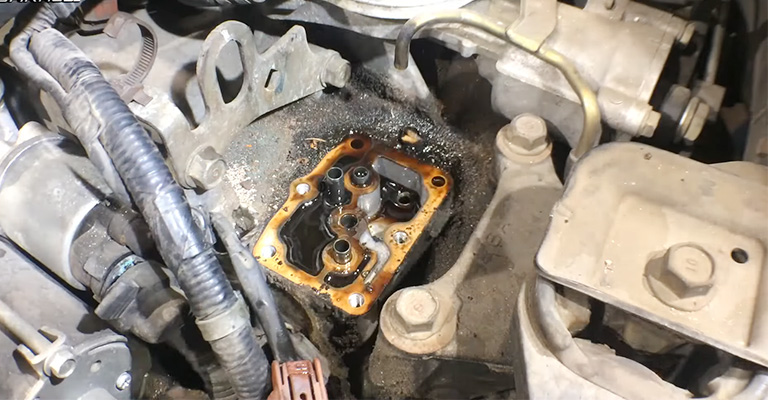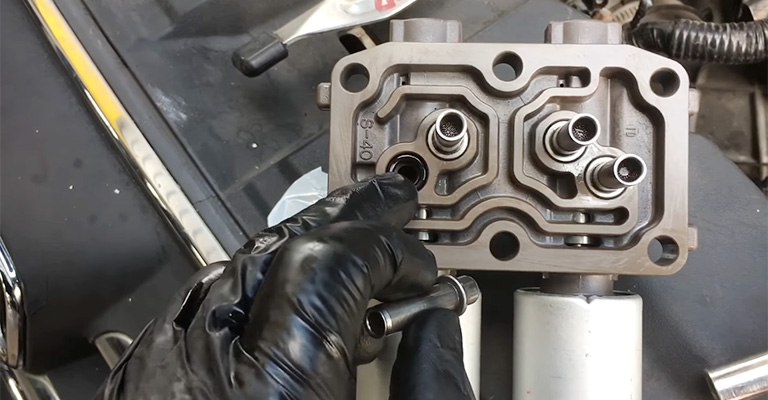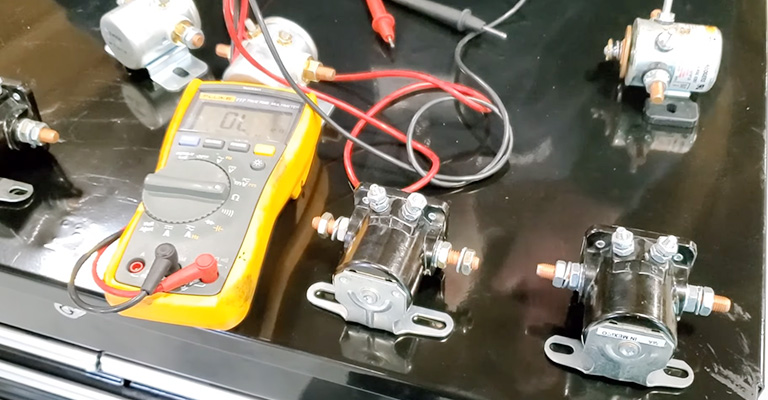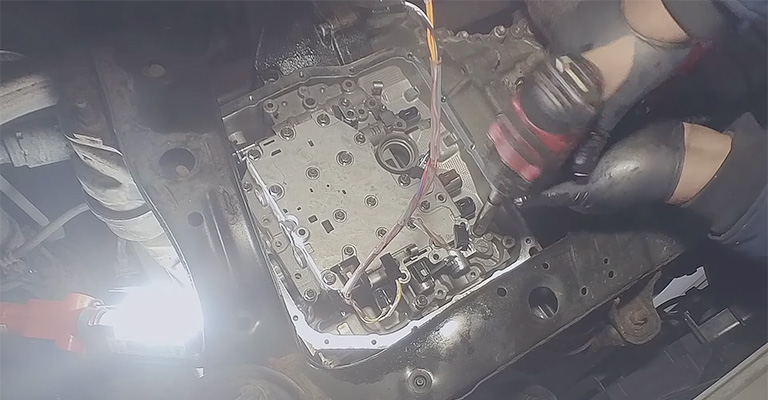Have you ever been driving your Honda vehicle and noticed the engine light come on? Well, it’s indeed a moment of anxiety for most drivers, as it often signals a problem with your vehicle.
One common error code that can appear is the P0796 code, which indicates Transmission Pressure Control Solenoid “C performance or stuck off.
So, here in this blog, we’ll dive into what the P0796 code means, the causes behind it, and the steps you can take to diagnose and resolve the issue.
No matter what, it’s essential to understand this error code and what it means for your vehicle’s performance, shifting, and fuel efficiency. So, let’s binge on it!

What Does the P0796 Honda Error Code Mean?
The P0796 Honda code indicates that PCM (the Powertrain Control Module) has found a problem with the Transmission Pressure Control Solenoid “C.”
This code is set when the PCM detects an issue with the transmission pressure control solenoid, which regulates the pressure within the transmission.
The P0796 code may cause issues with the vehicle’s shifting, performance, and fuel efficacy. Therefore, it should be addressed by a professional mechanic to ensure proper transmission operation.
Symptoms of P0796 Honda error code

The following are some of the symptoms of a P0796 code in a Honda vehicle:
- Illumination of the check engine light
- Poor shifting or hesitation during gear changes
- Decreased fuel efficiency
- Engine RPMs that fluctuate or remain high when shifting gears
If you experience any of these symptoms, it is recommended that you have your vehicle inspected by a professional mechanic as soon as possible. Ignoring the issue could lead to further damage to the transmission and potentially more costly repairs.
What Causes P0796 Honda Error Code?
The causes of the P0796 code in a Honda vehicle may include the following:
- Failed or malfunctioning Transmission Pressure Control Solenoid “C.”
- Problems with the solenoid circuit, such as damaged or corroded wires
- Issues with the Transmission Control Module (PCM)
- Low or contaminated transmission fluid
- Problems with the transmission valve body or clutch
These are some of the most common causes of the P0796 code, but other factors could also contribute to the issue. A proper diagnosis by a qualified mechanic is necessary to determine the exact cause and ensure a proper resolution.
How to Figure Out the Causes behind the P0796 Code

To diagnose the causes behind a P0796 code in a Honda vehicle, a professional mechanic may follow these steps:
Retrieve the trouble code
Using an OBD-II scanner, the mechanic can retrieve the trouble code and determine that it is a P0796 code.
Check the transmission fluid
The mechanic will inspect the transmission fluid level and quality, checking for low fluid levels or contamination that could cause issues with the transmission pressure control solenoid.
Inspect the solenoid

The mechanic will inspect the Transmission Pressure Control Solenoid “C” and related components, looking for signs of damage or malfunction.
Check the solenoid circuit
The mechanic will inspect the solenoid circuit, including the wiring and connectors, to look for signs of damage or corrosion that could affect the solenoid’s performance.
Test the PCM
The mechanic may also test the Transmission Control Module (PCM) to determine if it functions properly and contributes to the issue.
These steps may help the mechanic diagnose the cause of the P0796 code, but more advanced testing may be necessary to determine the exact issue.
How to Resolve the Issues of the P0796 Honda Code?

Resolving a P0796 code in a Honda vehicle may require the following repairs:
Solenoid Replacement: If the Transmission Pressure Control Solenoid “C” is found to be the source of the problem, replacing it will be necessary.
Circuit Fix: Wiring and connector issues within the solenoid circuit can also cause a P0796 code. Repairing or replacing damaged parts can resolve the issue.
PCM Replacement: If the Powertrain Control Module (PCM) is not functioning properly, it may need to be replaced.
Fluid Service: Low or contaminated transmission fluid can cause issues with the solenoid’s performance. A fluid flush and refill may be needed.
Valve Body Repair: If the valve body or clutch is found to be causing the issue, it may need to be repaired or replaced.
A professional mechanic should perform these repairs to ensure the steps are done correctly. And don’t ignore the warning signs of a P0796 code, as it could lead to further damage to the transmission and costly repairs down the line.
Frequently Asked Questions
If the issue causing the P0796 code is not addressed in a timely manner, it could result in further transmission damage and ultimately lead to the need for a transmission replacement.
While it is possible to drive a Honda with a P0796 code, it is not recommended. Driving with this code can cause further damage to your transmission and make the repair more expensive. It is best to have the issue addressed as soon as possible.
Depending on the common causes, it might cost $200-$500 on average. However, the cost of fixing the P0796 code in a Honda can vary depending on the extent of the issue and the necessary repairs. It can range from simply replacing the Transmission Pressure Control Solenoid “C” to a more complex repair involving the transmission system.
It is recommended to seek the help of a professional mechanic when dealing with the P0796 code, as the diagnosis and repair process can be complex. Attempting to fix the issue without proper training and equipment can lead to further damage and increased costs.
Wrapping Up
In conclusion, the P0796 OBD-II trouble code can cause concern for Honda owners.
It’s important to address this code as soon as possible, as neglecting it can lead to more serious and costly problems in the future. If you’re experiencing symptoms related to the P0796 code, you should take your vehicle to a trusted mechanic for an inspection.
And if you’re a DIY enthusiast with the right tools and technical know-how, you can diagnose and repair the issue yourself.

Leave a Reply